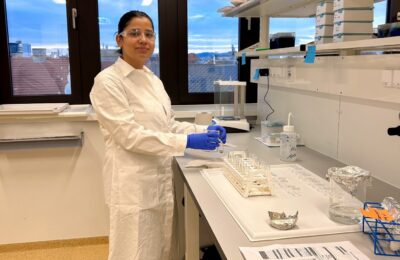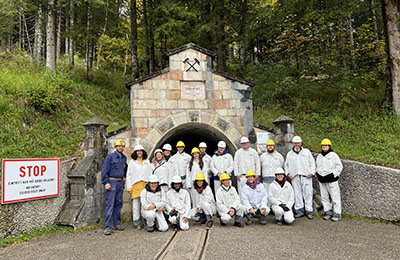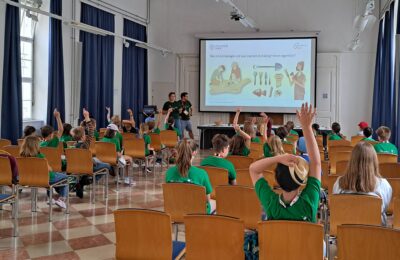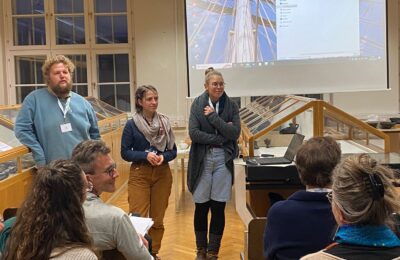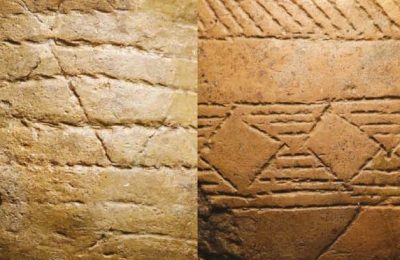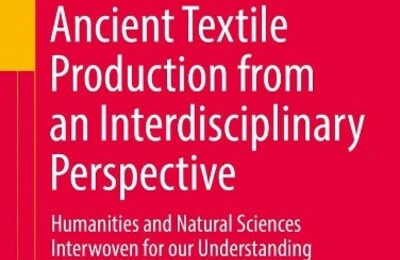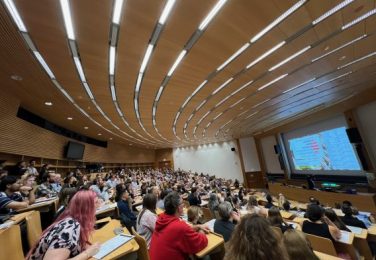Round 2 of Geoarchaeology in Vienna: Pushing Borders – Expanding Horizons
Authors: Valentina Laaha, Thomas Beard, Doris Jetzinger, and Doralice Klainscek From the 12th to the 14th of February 2025, the second edition of the ‘Geoarchaeology in Vienna’ workshop took place at the University of Vienna. It was generously funded by the HEAS research network and a joint events grant from the Doctoral School of Historical and Cultural Studies and the Vienna Doctoral School of Ecology and Evolution. We organised this event because in geoarchaeology, as it is very interdisciplinary and uses a wide variety of different methods from different fields, many geoarchaeologists would otherwise never meet at the same place or conference. Therefore this event was aimed at getting to know each other and the geoarchaeological research ongoing in Austria and beyond, as last year´s workshop started a network for all geoarchaeologists and those interested in the parallel branches. We were also pleased to further establish collaborations, after noting some that have developed after our initial event. You can find the booklet with the workshop programme as well as the presentation and poster abstracts for this year’s event here. Geoarchaeology in Vienna Booklet You can read about the first workshop and the network in our blog here. The 2025 workshop was conceived and organised by Doris Jetzinger, Thomas Beard, Valentina Laaha, and Doralice Klainscek, all students from different departments…

